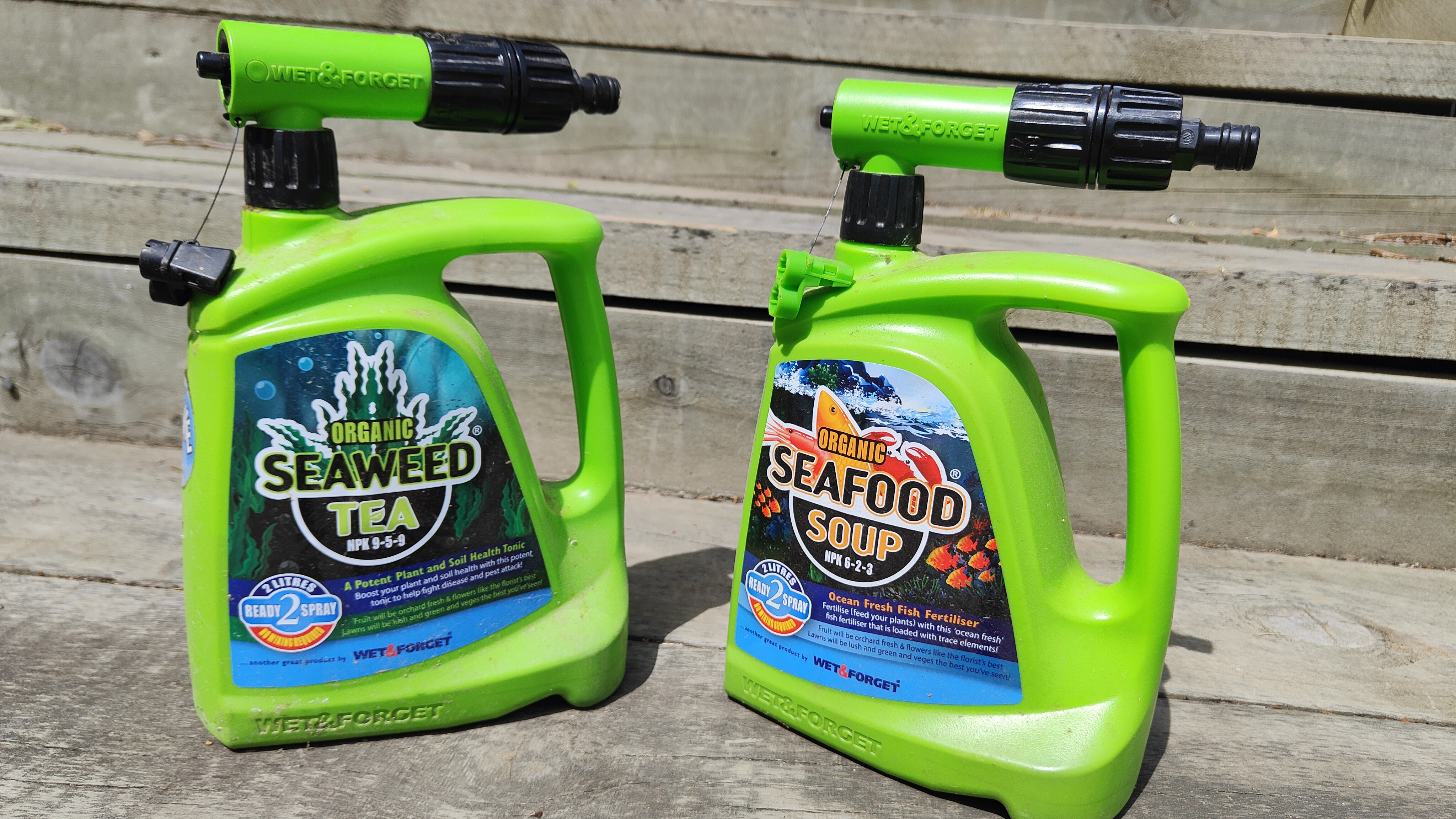Follow
the podcast on


Three reactions to the concept of “feeding your plants”:
- Plants feed themselves through Photosynthesis (you don’t need to feed your plants!)
- They’ll pick up elements in the soil that they need for growth and development – nobody feeds the plants in a native forest.
- What’s scientifically needed for our gardens is a soil test that indicates which chemical elements are lacking in soil.
This is about the Science of Fertilisers.
This is the time of the year when soil temperatures are the best for plant growth. Roots work over time to extract minerals, dissolve them in water, and transport them through the phloem bundles to the leaves of plants, where photosynthesis puts it all together and creates carbohydrates and chemicals that allow cell-elongation (growth).
Plants use three main elements for bulk growth “food”: Nitrogen, Phosphorous and Potassium (K), which are generally known as NPK (their chemical symbols).
N is used to make green stuff: leaves and Chlorophyll (LAWNS, LETTUCE, SPINACH, HEDGES).
P is good for root development and plant health (CARROTS, PARSNIPS, POTATOES, etc).
K (potash) is for sex: flowers and fruits (TOMATOES, APPLES, STRAWBERRIES, FLOWERING PLANTS).
Other elements needed for a plant to function are needed in much smaller quantities:
Mg (Magnesium), S (Sulphur), Ca (Calcium), Cu (Copper), Fe (Iron), Zn (Zinc), Mn (Manganese), and a heap more of those minor “trace elements”.
There are a few different types of fertilisers:
- “General” Fertiliser – for general growth. Usually something like N-P-K 7-3-6 or 12-4-13 (note how Phosphorus is usually less than the N and K).
- Potato fertiliser: N-P-K 3-9-6 also good for carrots and parsnips.
- Tomato or rose fertiliser, which is usually higher in potash (K): N-P-K 3-4-9. This helps to stimulate flower and fruit growth.
Of course you can always use the general fertiliser (which tends to be highest in Nitrogen) and simply add a few handfuls of Superphosphate (P) if you grow root crops, or handfuls of Sulphate of Potash (K) if you want to up the dose of K (potash) for flowers and fruit.
Organic fertilisers usually have lower concentrations of elements, and they are often less prone to fertiliser run-off into water courses. Chicken poo (a “natural” organic fertiliser) has a high content of Nitrogen which can burn plants – I would always send it through a cycle of composting before use.
I use General fertiliser on my young tomatoes to get them growing up and create a strong climbing vine before the flower buds are formed. Once they start flowering, I assist the plants with more potash to keep on making fruit – I just switch to a higher potash fertiliser such as Wet&Forget’s Seaweed Tea.

Seaweed Tea and Seafood Soup were designed to quickly fertilise lawns and large amounts of vegetables. It has this clever system of watering your plants and enriching the soil. I use the contents of Soup and Tea in watering cans – often in a very mild (or “weak”) solution. In the tunnel house I do this almost every day to water the tomatoes; with small amounts of tea or soup I add a little bit of fertiliser with every watering - works brilliantly!
LISTEN ABOVE
Take your Radio, Podcasts and Music with you








